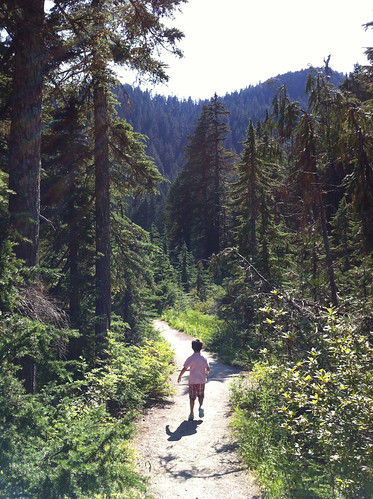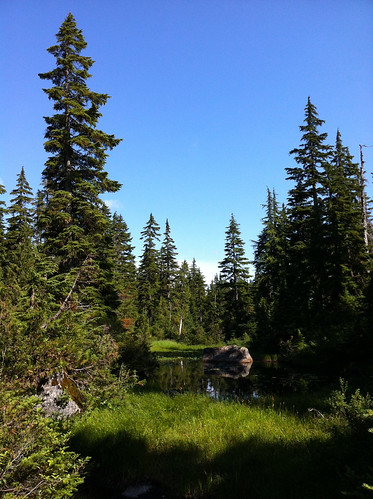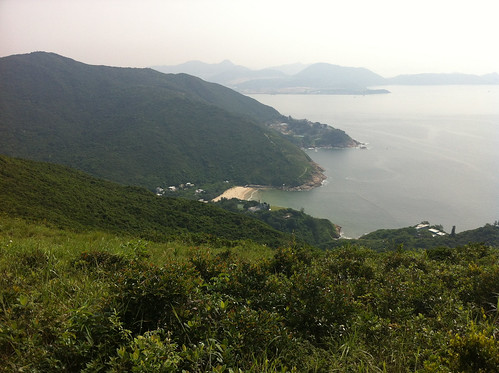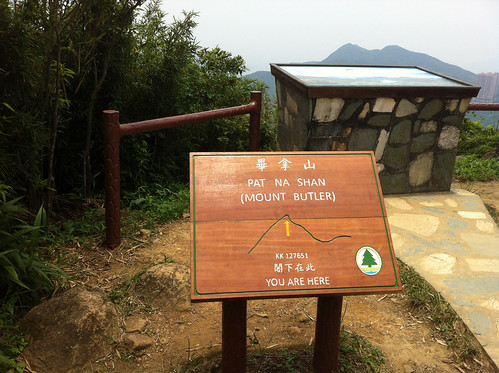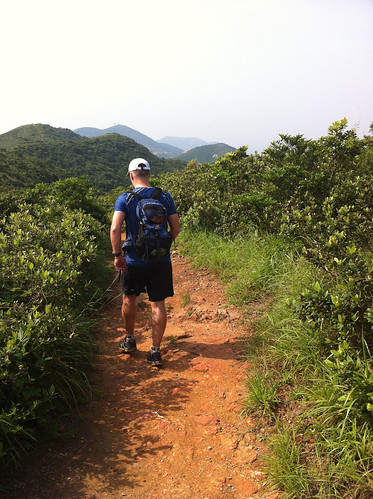A few months ago I started to do some research on Bitcoins (see my blog post from June 14 about this), a virtual currency that can be mined with fast computers. At first I wasn’t sure and thought it was a bit shady, but the more I read about Bitcoins the more convinced I was that this could be the next big thing.
I looked at a couple of Bitcoin start-ups for XPCP and I started changing ‘real’ currency into Bitcoins. As an economist I realize that Bitcoins are based on trust (just like gold or any precious commodity), but that the big difference is that supply is known in advance (there will never be more than 21 million Bitcoins) but that demand can only go up. Ergo, the price of Bitcoins has to go up. It’s of course more speculation than real investing, but I am a risk taker and I believe this ‘gamble’ could pay off big time.
Bitcoins are still very volatile. When I made my first foray into Bitcoins the price was around USD 100 (see the chart in last blog post about the currency), then it went down a bit until the price started going up to about USD 140 a few days ago. At the moment I write this the price is USD 132. In my opinion still a great price to buy at, so I will keep on buying. I don’t know where the price will go, but as long as the trust does not go away (the biggest risk for any currency) more and more vendors will accept the currency and more people will start using it.
The biggest hurdle in obtaining Bitcoins is the process of going through an online exchange. Because I am not Canadian it was hard to do it in Canada, and in Holland I needed a local mobile number in order to verify my identity. Although there are no regulations yet for Bitcoins in most countries, local exchanges all want to become official, so they have all kinds of internal regulations to make sure they will be approved eventually.
But although it’s very hard now that will change soon, because the first Bitcoin ATMs wil be shipped next month, and the very first ATM will be located in Vancouver! I believe this might be a game changer. It will still be difficult to understand how to set up a Bitcoin wallet for most people, but once you have done that (or once someone has helped you to do that for you) you can buy and sell Bitcoin very easily at the ATM.
This will certainly drive the adoption of Bitcoins and make the currency easier accessible for people who don’t fully understand the mechanics behind it. In total there will be 5 machines installed in Canada this year, likely the other 4 will be placed in Toronto, Montreal, Calgary and Ottawa. Good to see that my new hometown of Vancouver is the first to get one.
I am off to buy some some more Bitcoins!




